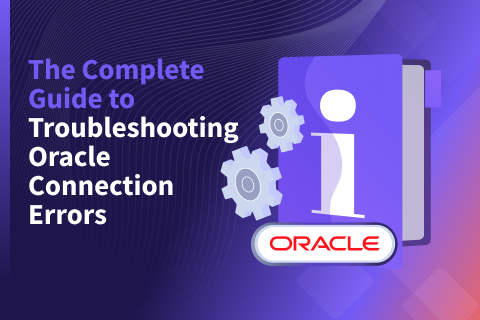Three Database Predictions That Will Shape 2024
As we look to 2024, I see three factors impacting data management: AI, DBaaS adoption, and private cloud traction.
Navigating the new landscape of AI-generated data: blessing or burden?
The advent of generative AI is a great opportunity for businesses that are quick to adopt and capitalize on its capabilities, particularly data-driven enterprises. In 2024, AI will have a major impact on the world of data infrastructure, particularly:
- Developer productivity, and feature velocity
- Monitoring, alerting, and observability
- Database performance optimization
- Reducing infrastructure spend
- Database migration and application modernization
Enterprise teams will have a short window to prove the economic value of AI to their organizations to investors, C-Suites, and other stakeholders. This means it is essential that they carefully consider how AI will enhance their current IT strategy, increase automation, and generate time and cost savings.
It’s also worth flagging that the increasing volume of data generated by generative AI (and edge computing, another growth area) means that the underlying data architecture of many organizations will be put under pressure. They will need to ensure their data infrastructure can manage, analyze, and capitalize on the huge volume of additional data being generated.
DBaaS: Enabling senior managers to achieve more while reducing overhead
Many business leaders are being forced to examine how they can do more with less due to current economic challenges-all while remaining under pressure to innovate fast to keep up with competitors. I believe many will consider Database-as-a-Service (DBaaS) adoption as a way to achieve operational and cost efficiencies, and to empower their IT teams to focus more on revenue-generating activities.
Some data managers may be hesitant to make the change to DBaaS due to a perceived lack of control over the database infrastructure, security, and day-to-day operations. However, there are many benefits to be achieved from taking this step (and these concerns can easily be addressed with open discussion and robust SLAs).
Senior managers will embrace DBaaS for its ability to provide a uniform app and database experience regardless of the underlying infrastructure—from public or private clouds to virtual machines or Kubernetes. It can also strengthen lean teams and increase organizational productivity. It also offers businesses choices. Some DBaaS providers offer specific capabilities, while others offer a variety of innovative tools. It is crucial that businesses choose the provider that aligns with their business priorities and can meet demands as your company scales.
Less renting, more owning of infrastructure with private cloud
After years of workload migration from data center infrastructure to the public cloud, I predict a shift in the way businesses utilize public cloud services, along with an increase in the use of private cloud environments. Enterprises are increasingly realizing that private clouds can provide a powerful tool to lower costs by removing cloud rental costs. While public cloud services are great for workloads that have unpredictable scaling needs, private clouds can be optimized better for high-scale steady-state workloads. Cost-conscious enterprises deciding where to run their applications will need to revisit the rent-vs-buy economics of public and private cloud infrastructures.
Databases as a service (DBaaS) are also appealing to companies looking for a uniform experience while retaining the flexibility to deploy their data and apps in their preferred location. Powerful self-managed DBaaS solutions provide the best of both worlds by allowing organizations to run their database like a cloud service but deploy on their private cloud infrastructure to further increase the ROI of their own data centers.
So, while public clouds have (rightly) been popular for over a decade, I see enterprises becoming more selective over which workloads they choose to migrate to public cloud, and showing a preference for private cloud options.
Conclusion
When looking into 2024, it is clear that it will be the year transactional distributed databases will be widely adopted. Until recently, there was a perception that distributed databases were only useful for niche use cases. It’s also worth flagging that the increasing volume of data generated by generative AI (and edge computing, another growth area) means that the underlying data architecture of many organizations will be put under pressure. They will need to ensure their data infrastructure can manage, analyze, and capitalize on the huge volume of additional data being generated.


